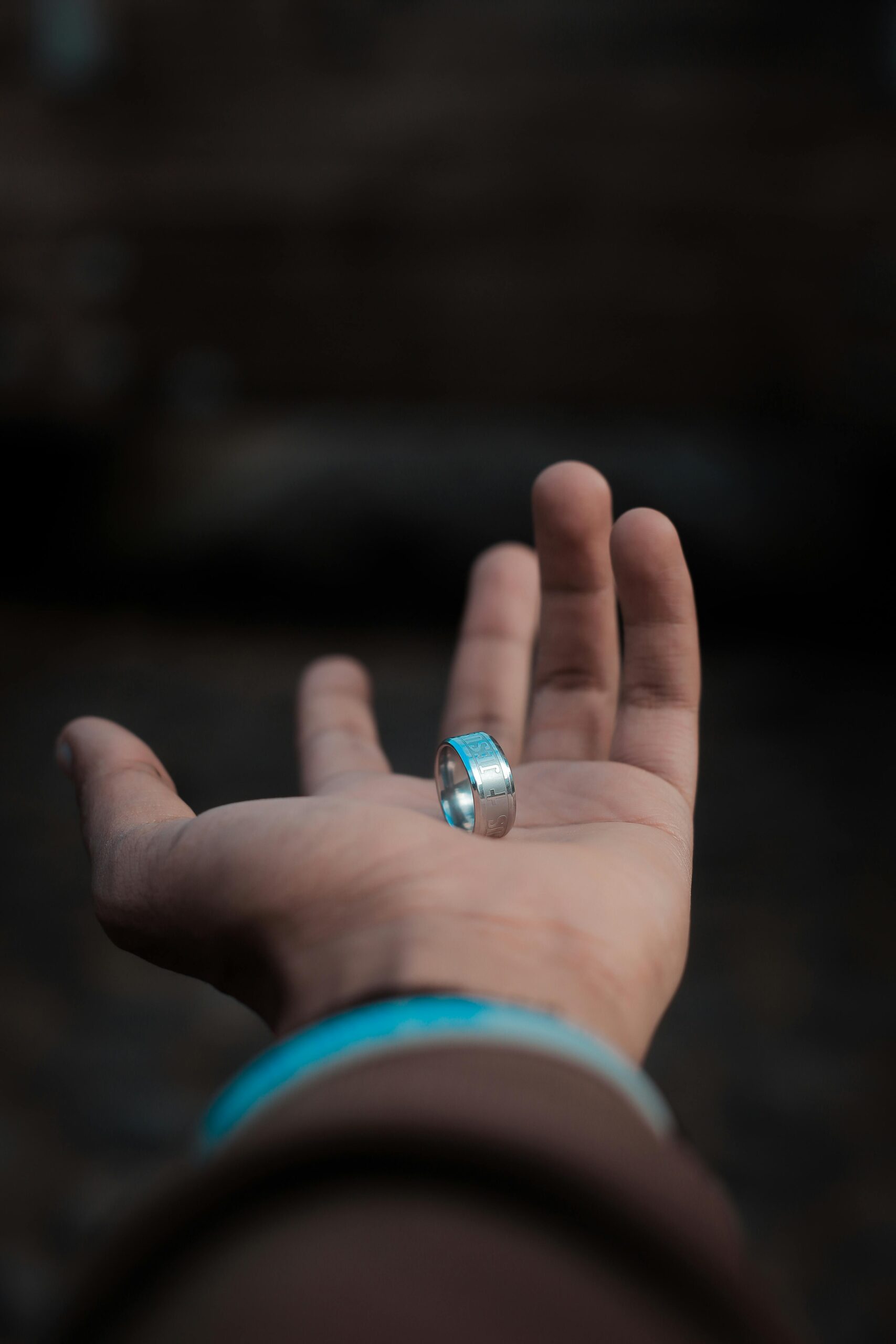Discover the Best Western Dining Experience in Katong
If you’re seeking exceptional Western dining in Katong, Singapore’s vibrant food hub, your search ends here. Katong is celebrated for its mix of culinary delights, but its Western restaurants here truly stand out. This article will guide you through one of the best Western restaurants in Katong and other dining options that bring…
How to Choose an Engagement Ring for a Fitness Guru
Choosing an engagement ring for a fitness guru can be an exciting yet challenging task. Engagement rings are not just symbols of love and commitment; they also reflect the personality and lifestyle of the person wearing them. For someone passionate about fitness, it’s essential to consider practicality, style, and meaningful design elements that…
PAFI (Persatuan Ahli Farmasi Indonesia) Kota Grobogan dalam Pembangunan Daerah
Peran PAFI (Persatuan Ahli Farmasi Indonesia) Kota Grobogan dalam pembangunan daerah tidak dapat dipandang sebelah mata. Organisasi ini bukan hanya sekadar perkumpulan profesional farmasi, melainkan sebuah institusi yang memainkan peran kunci dalam meningkatkan kualitas hidup masyarakat Grobogan. Dalam artikel ini, kita akan membahas secara mendalam bagaimana PAFI berkontribusi secara signifikan terhadap pembangunan daerah…
The Ultimate Guide to Modern Interior Design: Trends You Can’t Miss
Modern interior design is more than just a style—it’s a philosophy that embraces simplicity, functionality, and a connection to the natural world. Defined by clean lines, minimalist aesthetics, and innovative uses of space and materials, modern design has evolved to incorporate technological advancements and sustainability. Staying updated with the latest trends in modern…
Understanding Cryptocurrency
Cryptocurrency, a term that has sparked both curiosity and confusion among many, refers to digital or virtual currencies that utilize cryptography for security and operate independently of a central authority. It’s crucial to delve into its origins to grasp its essence fully. Cryptocurrency emerged as a concept in the early 2000s, with the…
Preserving Nature’s Beauty: The Benefits of Ecotourism
Preserving Nature’s Beauty: The Benefits of Ecotourism Ecotourism, a form of sustainable travel that focuses on experiencing natural areas while conserving the environment, has gained popularity in recent years. This unique form of travel offers a way to explore pristine landscapes and wildlife while also contributing to their preservation. In this article, we…





